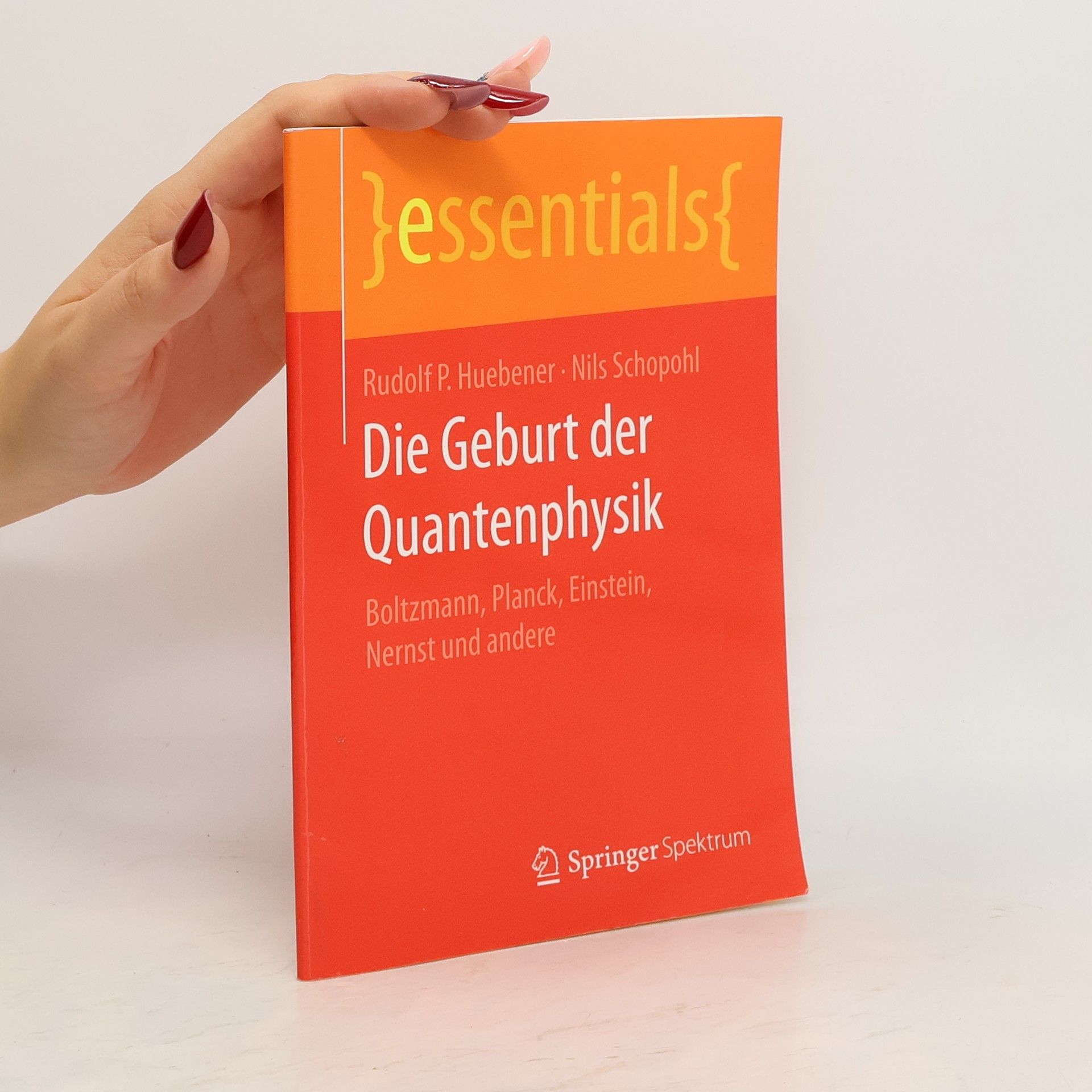Leiter, Halbleiter, Supraleiter
Eine kompakte Einführung in Geschichte, Entwicklung und Theorie der Festkörperphysik
Das vorliegende Buch gibt eine kompakte Einführung in die Grundlagen der Festkörperphysik, wobei der Schwerpunkt auf den elektrischen und magnetischen Materialeigenschaften liegt. Leser werden nicht nur die kompakte und anschauliche Herangehensweise schätzen, sondern auch die kurzen Abschnitte über die Forschungsgeschichte der Festkörperphysik, die mit wegweisenden Forschern wie Max Planck, Albert Einstein aber auch Heike Kamerlingh Onnes, Eugene Wigner oder Frederick Seitz verbunden ist. Diese helfen dabei, die Entwicklung der Festkörperphysik und ihre unterschiedlichen Theorien und Modelle verstehen und einordnen zu können. Das Buch richtet sich an Studierende der Physik, Ingenieurwissenschaften und Materialwissenschaften bis zum Bachelor. Es kann durch seine anschaulichen Erklärungen und seinen didaktischen Ansatz auch als motivierende Vorstufe und unterstützendes Begleitwerk beim Studium anspruchsvollerer Lehrbücher der Festkörperphysik benutzt werden. Die dritte Auflage enthält eine Reihe von Erweiterungen, besonders im Kapitel über topologische Materialien.


